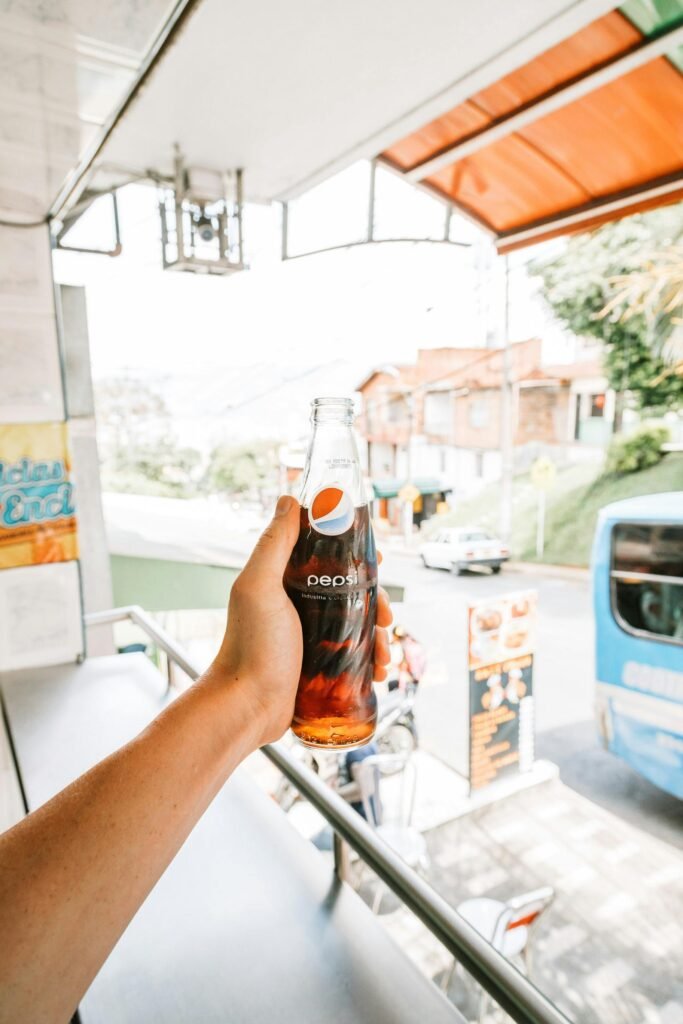Pepsi, one of the world’s most recognized and loved beverage brands, has a fascinating journey to success. Starting from humble beginnings, Pepsi has evolved through innovation, strategic marketing, and relentless competition. This article explores the history, milestones, and strategies that turned Pepsi into a global icon.
The Birth of Pepsi: From Pharmacy to Soft Drink Phenomenon
Pepsi’s story began in 1893, when Caleb Bradham, a pharmacist from North Carolina, created a drink he called “Brad’s Drink.” The beverage, a mix of sugar, water, caramel, lemon oil, nutmeg, and other ingredients, was intended as a refreshing and energizing drink for his customers. In 1898, Bradham renamed the drink “Pepsi-Cola,” believing it helped with digestion (“dyspepsia”). Pepsi-Cola quickly became a local favorite.
2. Early Struggles and Bankruptcy
While Pepsi saw some early success, the brand faced significant challenges. The sugar shortage during World War I impacted the business, leading to increased production costs. By 1923, Bradham was forced to declare bankruptcy, and the Pepsi brand was sold to various investors. During this period, Coca-Cola dominated the market, making it even harder for Pepsi to gain ground.
3. Turning Point: The Price Advantage and WWII Boost
The turning point for Pepsi came in the 1930s when it capitalized on the economic struggles of the Great Depression. Pepsi introduced the innovative “double-size for a nickel” campaign, selling a 12-ounce bottle for five cents—the same price as Coca-Cola’s six-ounce bottle. This marketing strategy made Pepsi a popular, affordable option, particularly among cash-strapped Americans.
During World War II, Pepsi continued to thrive as soldiers and consumers turned to the brand as a familiar refreshment, pushing it into the mainstream as a competitor to Coca-Cola.
4. Marketing Magic: Pepsi’s Bold Campaigns
Pepsi has consistently used innovative marketing to set itself apart. In the 1960s, it launched the “Pepsi Generation” campaign, which targeted younger consumers and differentiated itself as the modern, youthful alternative to Coca-Cola. The tagline “For Those Who Think Young” captured the attention of a new generation, effectively positioning Pepsi as the go-to brand for a youthful audience.
Pepsi continued to revolutionize its image through partnerships with pop culture icons. In the 1980s, it worked with Michael Jackson for the “New Generation” campaign, marking one of the first high-profile celebrity endorsements in the beverage industry. Pepsi’s collaborations with stars like Britney Spears, Beyoncé, and more recently, Kendall Jenner, continued to cement its brand in popular culture.

5. Innovation and Product Expansion
In addition to branding, Pepsi has remained successful by continuously innovating its product lineup. PepsiCo, the parent company formed in 1965 after merging with Frito-Lay, now offers a vast range of snacks, beverages, and healthier options. Products like Diet Pepsi, Pepsi Max, and a variety of flavors like Pepsi Vanilla have kept the brand fresh and adaptable to changing consumer tastes.
Moreover, PepsiCo’s expansion into healthier food and beverage options through brands like Quaker Oats, Tropicana, and Naked Juice reflects the company’s adaptability. By recognizing health-conscious trends, PepsiCo ensured long-term growth and relevance in an evolving market.
6. Global Reach and Market Strategy
Pepsi’s global expansion was a major component of its success. Through strategic acquisitions, partnerships, and tailored marketing campaigns in various countries, Pepsi has become a truly international brand. Pepsi-Cola is available in over 200 countries today, each adapting the brand to local preferences and market trends.
Pepsi’s sponsorship of global events, such as the Super Bowl, football leagues, and music festivals, has also boosted its visibility and cultural relevance around the world.
7 Digital Transformation and Adaptation
In recent years, Pepsi has embraced digital transformation, using social media platforms, influencer marketing, and data-driven campaigns to reach younger, digitally-savvy consumers. The brand has harnessed digital marketing to launch viral campaigns and connect with audiences on platforms like Instagram, Twitter, and TikTok.
8. Competing with Coca-Cola: The Ongoing Rivalry
Throughout its history, Pepsi’s rivalry with Coca-Cola has been a defining aspect of its brand identity. Pepsi has boldly challenged Coca-Cola in “cola wars,” creating memorable ads and campaigns that directly compared the two brands. The famous Pepsi Challenge campaign, where consumers tasted and rated Pepsi against Coca-Cola, brought attention to Pepsi’s taste and fueled its competitive spirit.
This rivalry has fueled Pepsi’s growth, pushing the brand to continually innovate and stay relevant in a competitive industry.
9. The Legacy of Pepsi: A Brand that Endures
Pepsi’s success is a testament to the power of adaptability, innovation, and marketing prowess. From its inception over a century ago to its status as a global icon, Pepsi has navigated economic challenges, intense competition, and evolving consumer trends. Pepsi continues to grow, innovate, and engage with new generations of consumers, proving its resilience and appeal in a dynamic market.
Pepsi’s journey from a small-town pharmacy to a globally recognized brand is a remarkable story of perseverance, strategic innovation, and effective branding. By staying connected with consumer values and adapting to global trends, Pepsi has built an enduring legacy that spans generations and continents. As the brand continues to expand and evolve, Pepsi’s success story serves as an inspiring example of how to thrive in a competitive, ever-changing industry.
